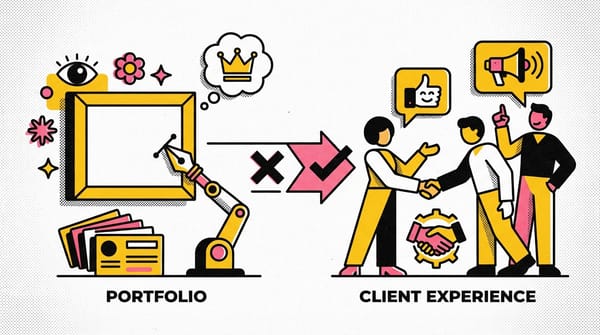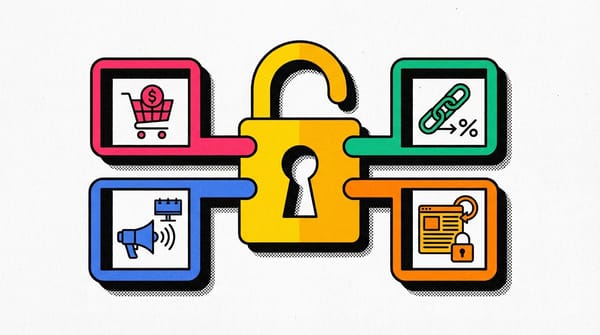Data-driven storytelling
Unlock the power of data-driven storytelling! Learn how to engage audiences with compelling visuals and narratives that inspire action.

- Storytelling is a fundamental method of teaching and learning, helping us process and remember information.
- Human brains naturally organize events into stories, aiding in making sense of the past, present, and future.
- Stories create human connections and help us relate to others.
- Technological advancements like the printing press, motion picture camera, and data visualization tools have revolutionized how stories are told.
- Data visualization is crucial for transforming data into meaningful and impactful stories.
- Dashboards and dashboard filters are essential tools for organizing and analyzing data for storytelling.
- Effective data-driven stories can motivate and persuade audiences to take action based on presented data.
Bring ideas to life
"Numbers have an important story to tell. They rely on you to give them a clear and convincing voice." -Stephen Few
Data storytelling
Communicating the meaning of a dataset with visuals and a narrative that are customized for each particular audience
3 data storytelling steps
- Engage your audience - Capturing and holding someone's interest and attention
- Create compelling visuals
- Tell the story in an interesting narrative
Key Takeaways
- Data storytelling is essential for creating compelling and meaningful communications.
- Engaging your audience is the first step in effective data storytelling.
- Creating compelling visuals helps convey the story of your data.
- Telling the story in an interesting narrative is crucial for connecting the data to the project objective.
- Data storytelling can build customer loyalty and make data more relatable and memorable.
- Word clouds are a simple yet effective way to visualize data and highlight key themes.
Effective data stories
In data analytics, data storytelling involves communicating the meaning of a dataset with visuals and a narrative tailored to a specific audience. In data journalism, journalists engage readers by combining visualizations, narrative, and context into data-driven articles. It turns out that data analysts and data journalists have a lot in common! As a junior data analyst, you might learn a few things about effective storytelling from data journalism. Read further to explore the role and work of a data journalist in telling a good story.
Take a tour of a data-driven article
Tour stop 1: setting context
- How does the visualization help set the context?
- How does the visualization help clarify the data?
- Do you notice a data visualization best practice?
Tour stop 2: analyzing variables
- How does the visualization perform against the five-second rule?
- How does the visualization help clarify the data?
- Do you notice a data visualization best practice?
Tour stop 3: drawing conclusions
- How does the visualization help make a point?
- How does the visualization help clarify the data?
- Do you notice a data visualization best practice?
End of the tour: being inspired
We hope you enjoyed your tour of a data journalist’s work! May this inspire your data storytelling to be as engaging as possible. For additional information about effective data storytelling, read these articles:
- What is Data Storytelling?
- The Art of Storytelling in Analytics and Data Science | How to Create Data Stories?
- Use Data and Analytics to Tell a Story
- Tell a Meaningful Story With Data
Speak to your audience
- What role does this audience play?
- What is their stake in the project?
- What do they hope to get from the data insights I deliver?
- Know Your Audience: Understanding the audience's role, stake, and expectations is crucial for effective communication.
- Primary Message: Focus on delivering a clear and direct key message that drives your story.
- Spotlighting: Use techniques like spotlighting to identify and emphasize the most important insights from your data.
- Conciseness: Keep your message clear and concise to ensure it resonates with your audience.
- Adaptability: Be prepared for varied reactions and learn how to handle situations that don't go as planned.
Understanding data storytelling
Engage your audience
Understand what internal stakeholders want from the project
Identify your audience
Seek to capture the audience’s attention on an intellectual and emotional level
Create compelling visuals
Visuals should be clear and able to stand on their own
Incorporate some interactive layered data so the curious can explore
Highlight the meaning behind the numbers at a glance
Tell the story in an interesting narrative
Choose a primary message/spotlight
Provide recommendations at the end
Clearly articulate recurring themes and data points
Data journalism
"You still have to uncover the meaning beneath it and really understand what's the insight within the data.”
"Don't let the way you create something influence what it's actually saying.”
- Understanding Data: The ability to understand and interpret data is crucial in various fields, including advertising and journalism.
- Historical Example: John Snow's work during the cholera outbreak in the 1850s is an early example of data journalism and epidemiology.
- Data Journalism: The field involves using data to tell compelling stories and has evolved with increased access to data.
- Tools and Interpretation: While tools like Data Studio or Excel are important, the focus should always be on the insights and stories derived from the data.
- Communication: Data journalism helps convey complex information to a wide audience, making it easier for them to understand the world around them.
- Career Advice: Learn and understand the tools available, but do not let them overshadow the story or insights you are trying to convey.




